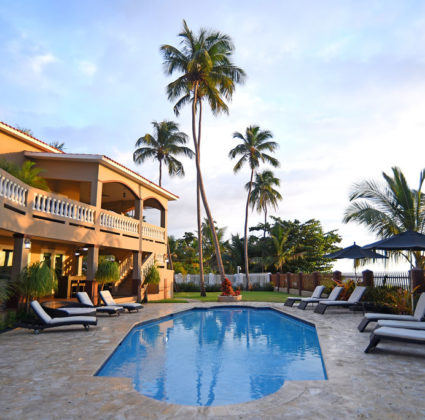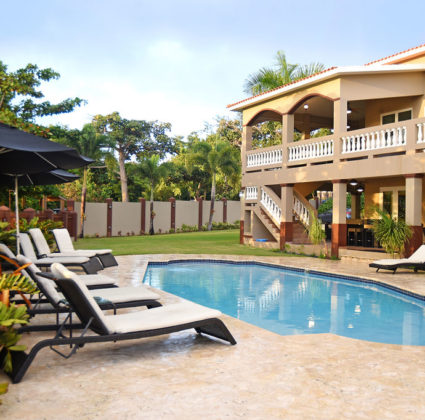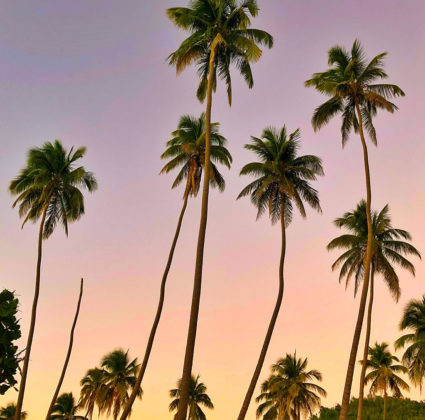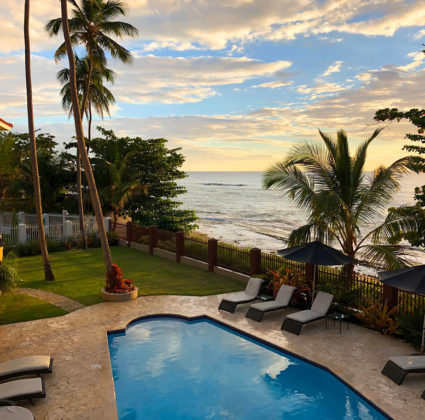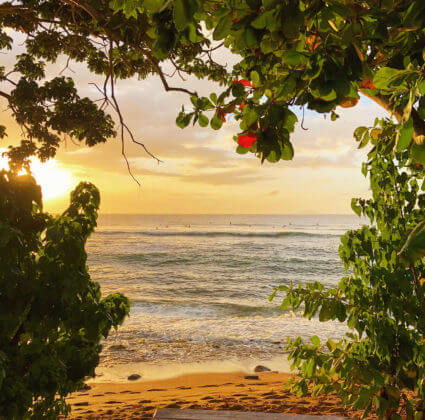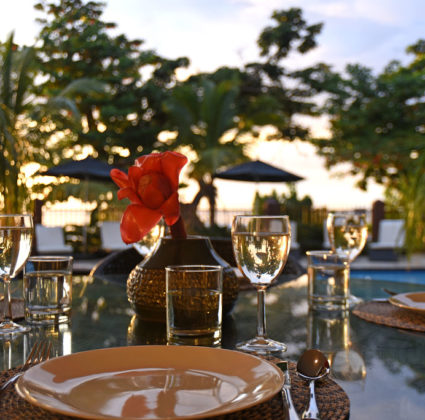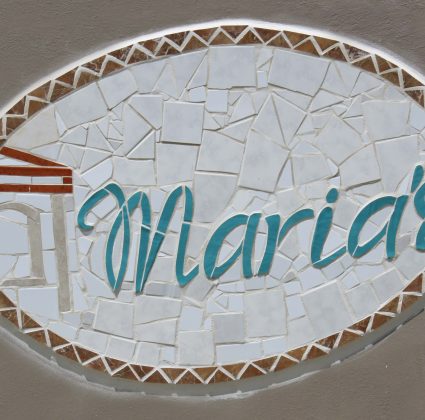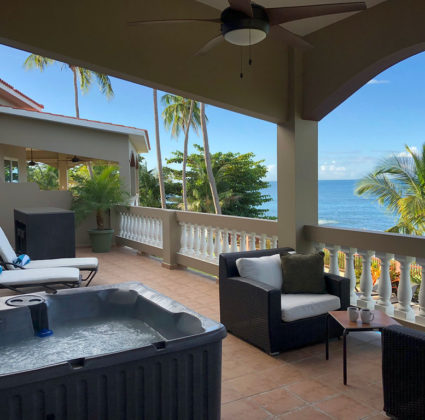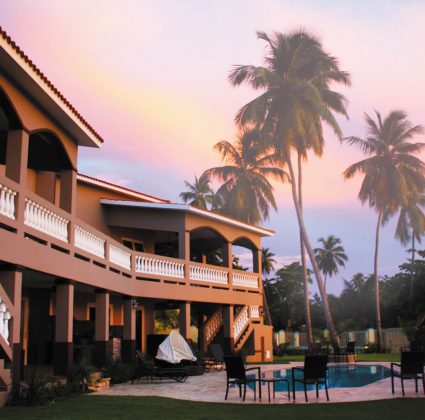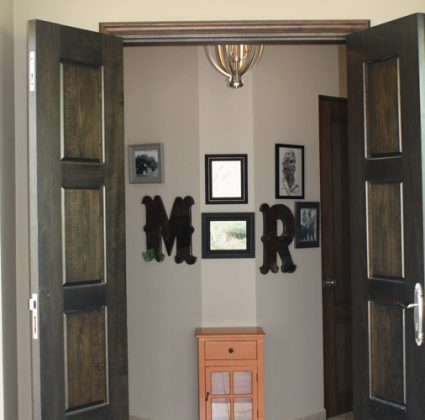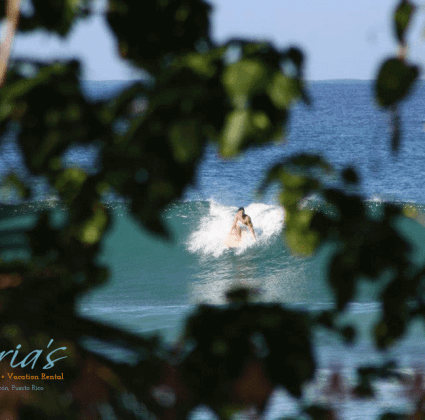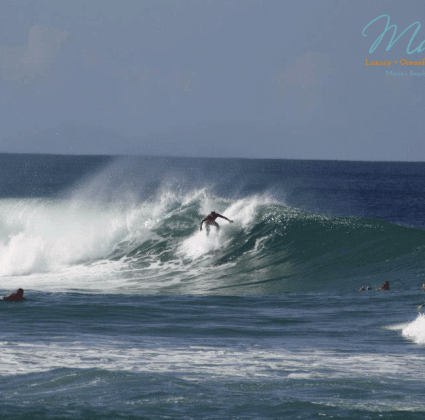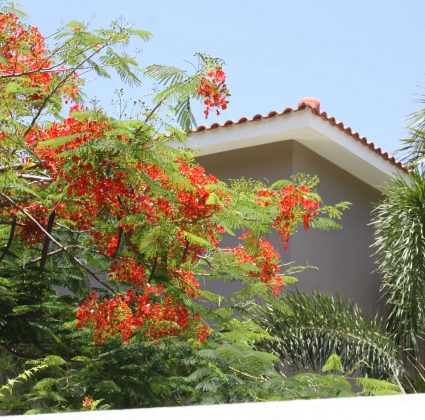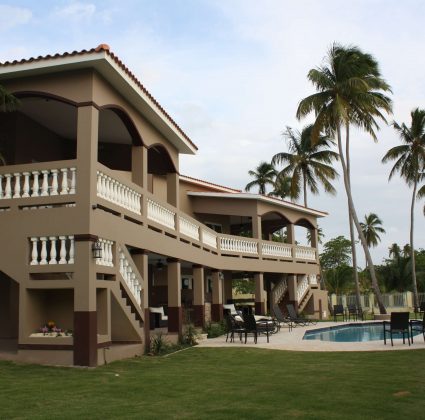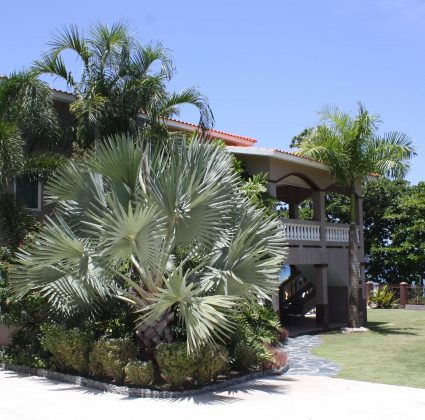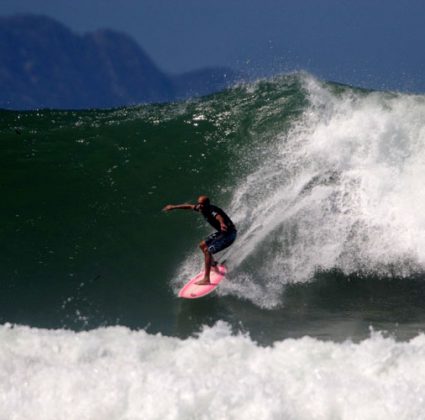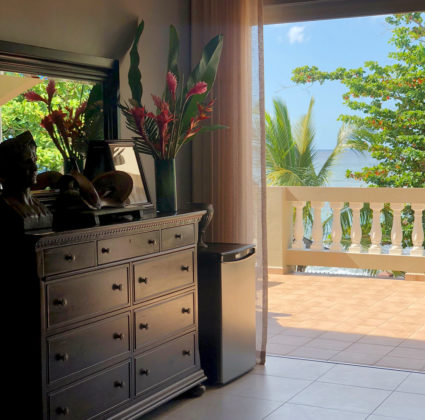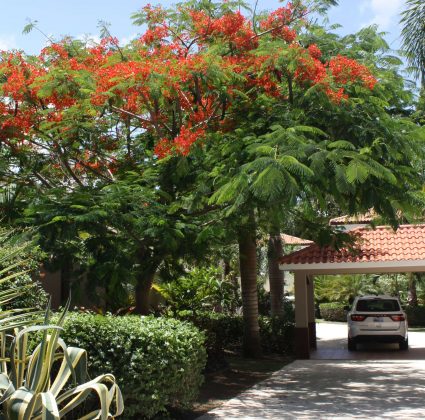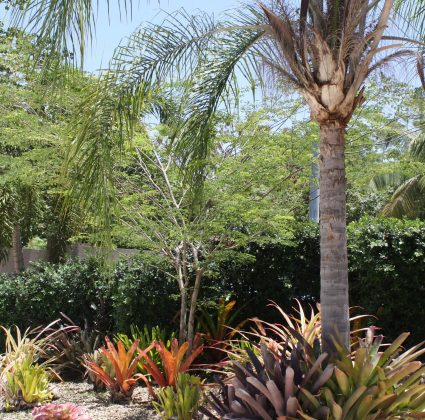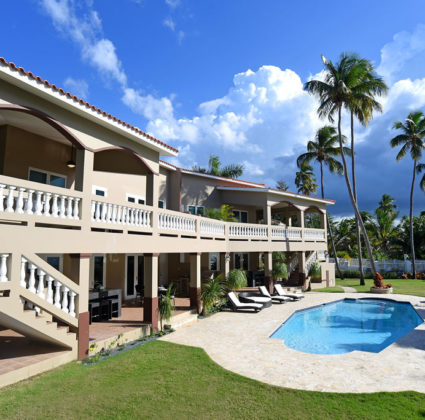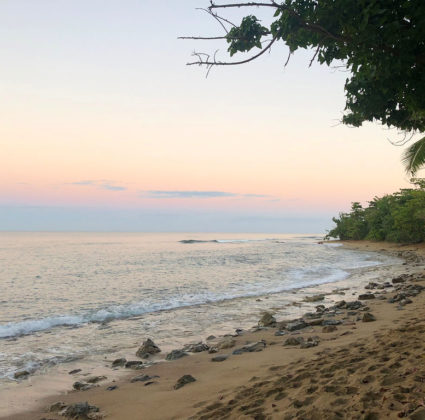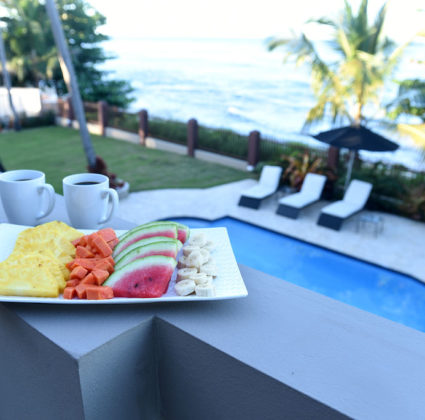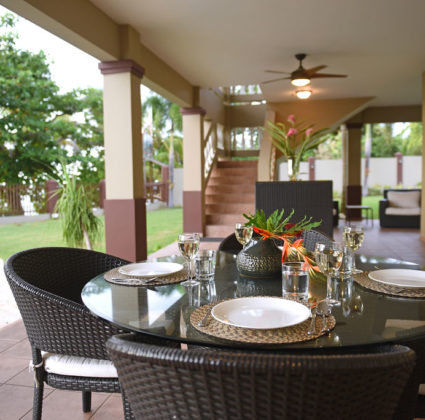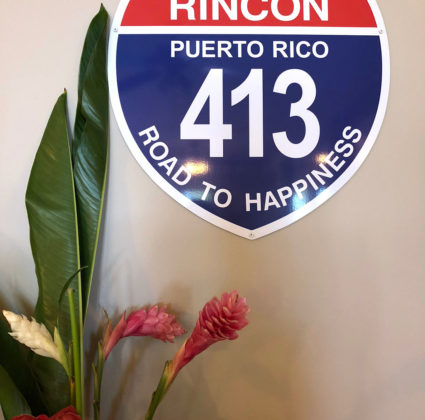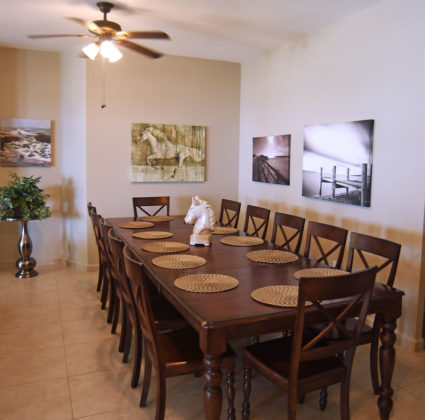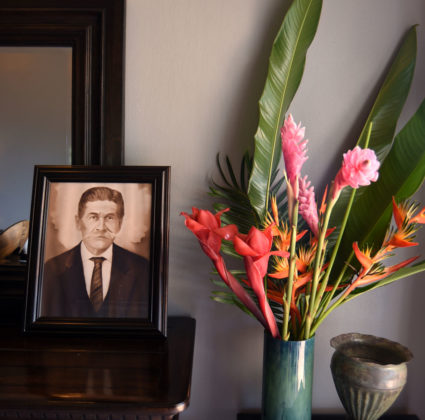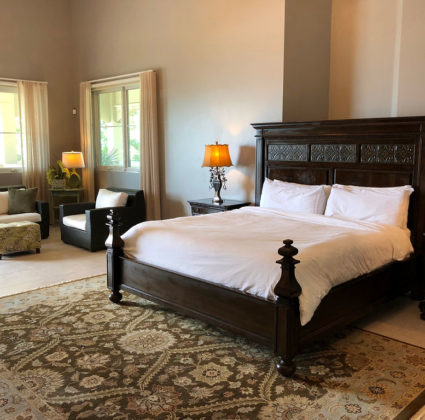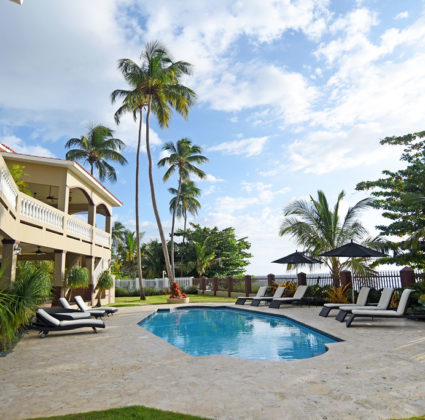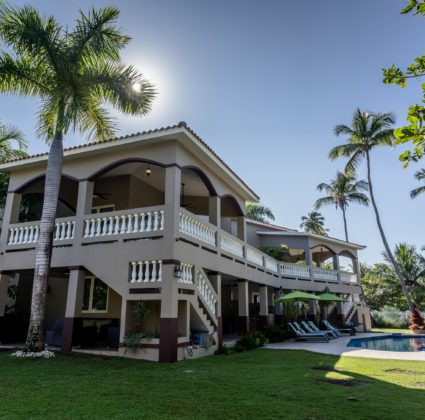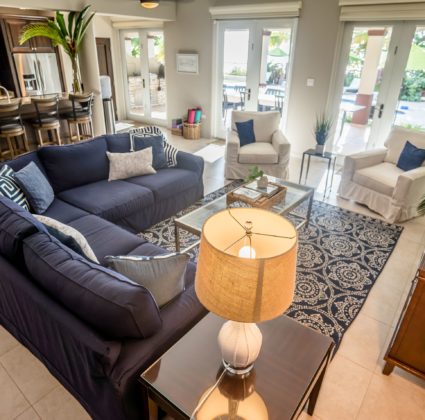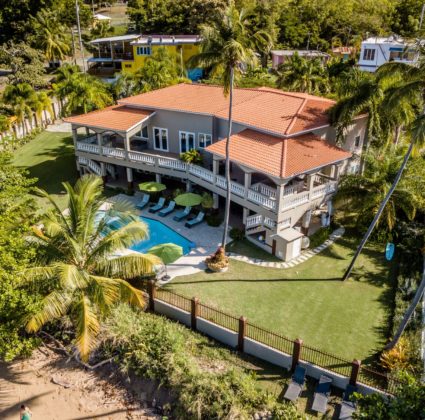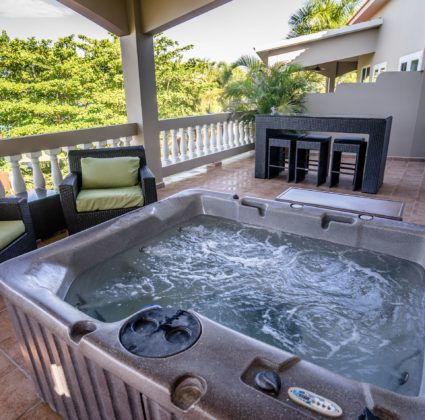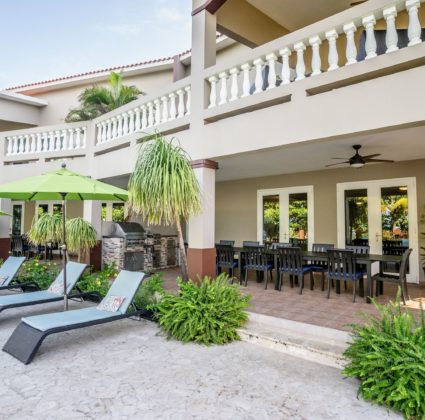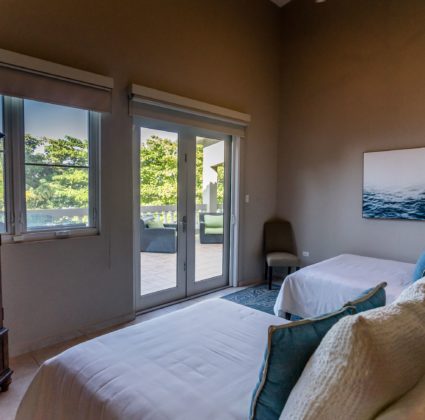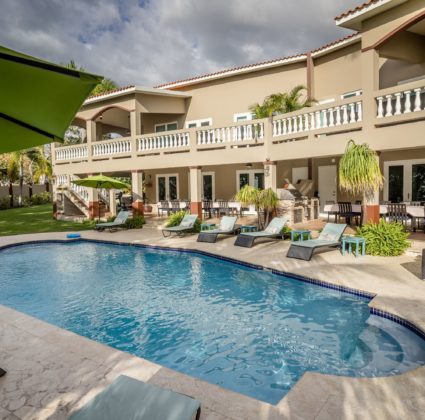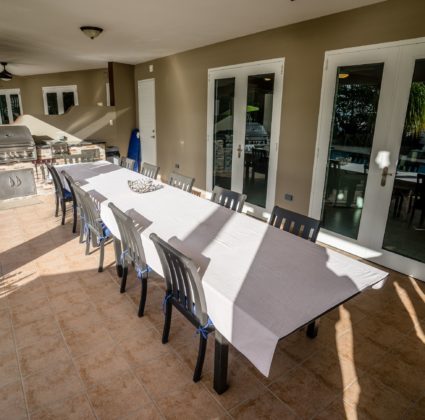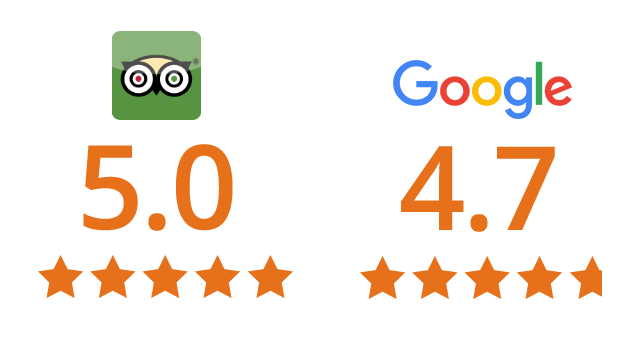As a secluded island in the Caribbean, Puerto Rico boasts a host of animal life that can not be found in the mainland Americas. Additionally, Puerto Rico’s long history of trade, immigration and agricultural changes have shaped the wildlife of the island. From the beaches to the inland mountains to the rainforest, you are sure to find a menagerie of unique animals.
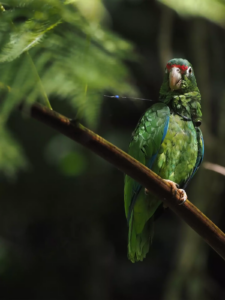
The Puerto Rican Amazon
The Puerto Rican Amazon, known to the Tainos – and still occasionally referred to as – Iguaca, is a colorful parrot, although smaller than other Amazon Parrots, according to Beauty of Birds. The Puerto Rican Amazon is the only parrot species native to the United States. While once plentiful in the wild and found on several small nearby islands, the range of the Puerto Rican Amazon has dwindled over the past few years and can now only be found in the Puerto Rican rainforest. Due to deforestation, hunting, severe weather events and the pet trade, the Puerto Rican Amazon is one of the most endangered bird species in the world, with estimates of 60 – 250 living in the wild, although several hundred more exist in captivity. Wildlife conservation efforts have drastically increased the wild Puerto Rican Amazon population since the 1970s.
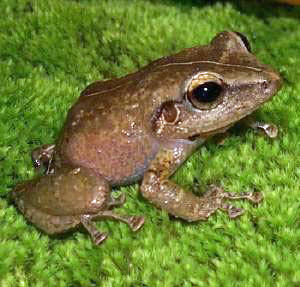
Coqui
The Puerto Rican coqui is a small, arboreal frog named for the sound of the mating call of the males of the species, according to the National Wildlife Federation. The coqui is native to Puerto Rico and is often used as a symbol of Puerto Rican heritage and pride, especially in the traditional Taino design. The coqui exists in large numbers throughout Puerto Rico, and the distinctive “ko-kee” sound can be heard regularly across the island. In Hawaii, the coqui is considered a pest species, due to its mating call and its consumption of native insects. Elsewhere where the coqui has been introduced, such as Florida and the Virgin Islands, the coqui exists more harmoniously with other animals and people.
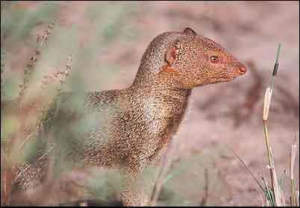
Mongoose
Although not indigenous to Puerto Rico, the Small Indian Mongoose can now be found on the island, especially in El Yunque. Originally from Asia, the mongoose was introduced to the island in the 1800s to protect sugar cane plantations from rats (which are also not native to the island), according to the United States Department of Agriculture. Because it has no natural predators on the island, the mongoose has grown significantly in population and can be considered a pest. Unfortunately, the mongoose can transmit rabies and should not be approached if seen in the wild.
Visit Puerto Rico to see all of these animals and more. Enjoy your stay by booking at Maria’s in Rincon, Puerto Rico. With beautiful accommodations and friendly service close to a variety of restaurants, shops and beaches, you are sure to have the vacation of your dreams. When you’re ready to stay with us, booking is done through Twin Palms, Maria’s rental, and onsite management. Please visit our booking page on this website to view the availability of Maria’s and fill out our convenient contact form. If you have any additional questions regarding Maria’s, you may call Elizabeth at 787-685-6648 (español: Cristina at 787-449-3673).
